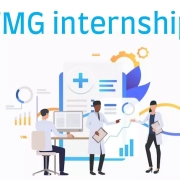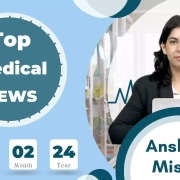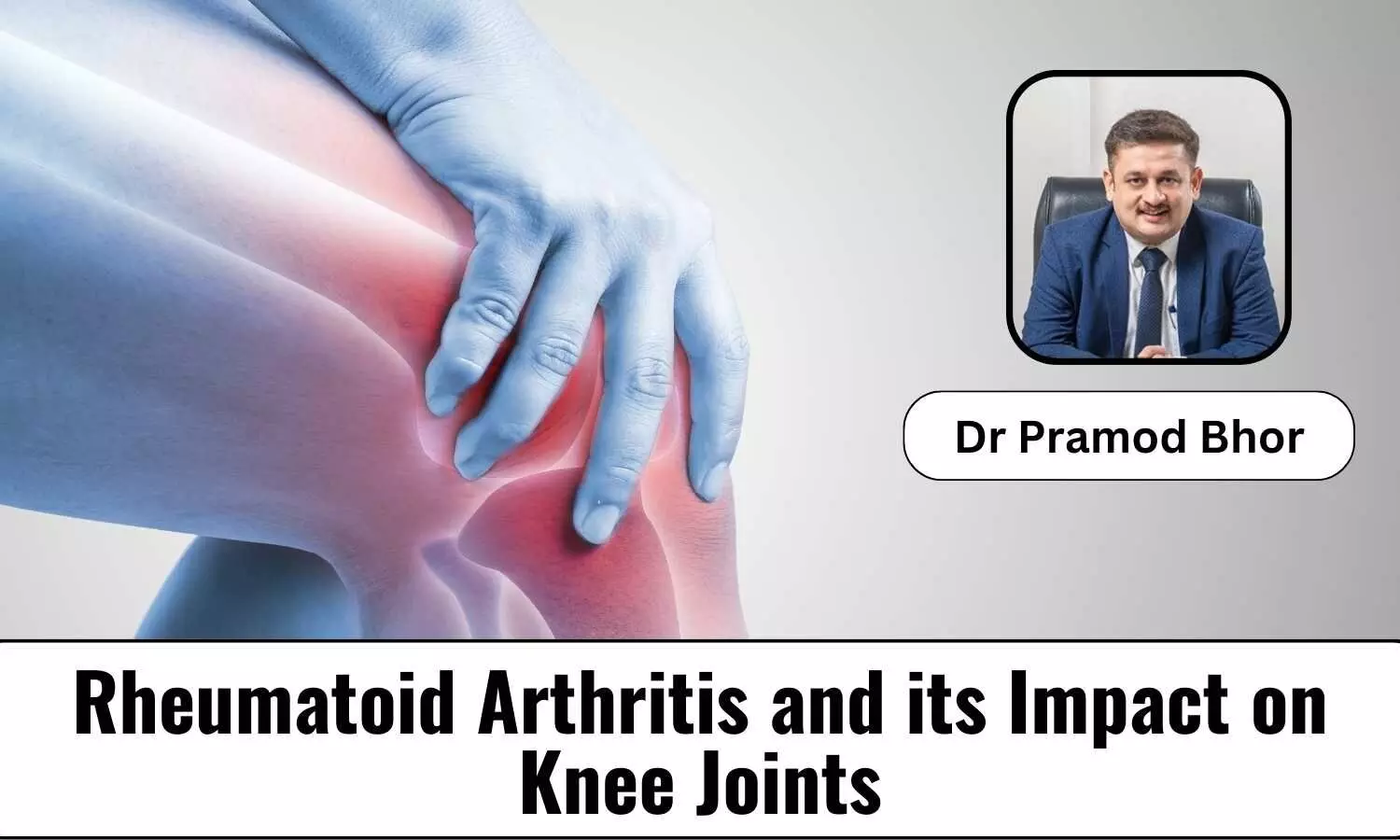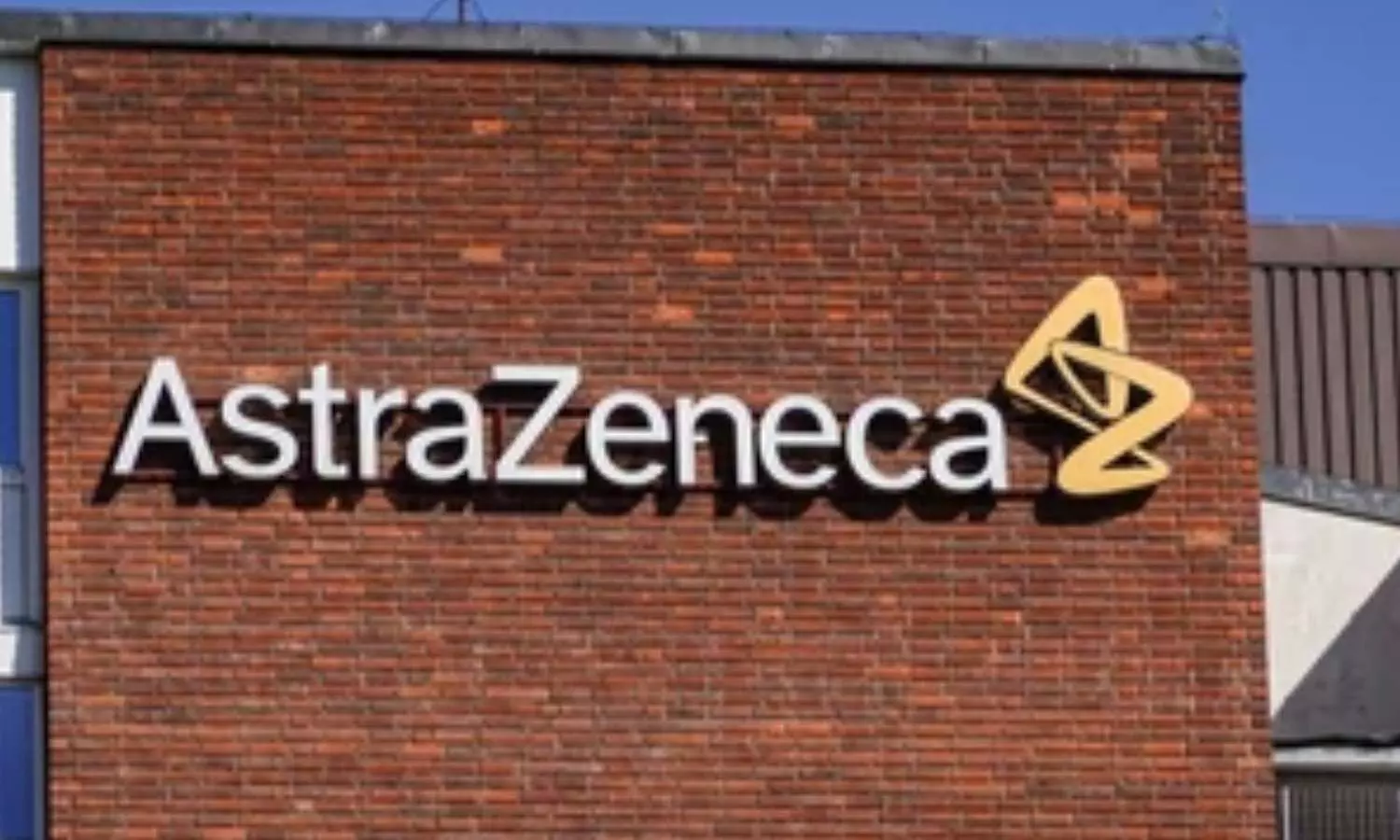Rs 18k stipend granted for FMGs in Maharashtra, similar benefits demanded across India
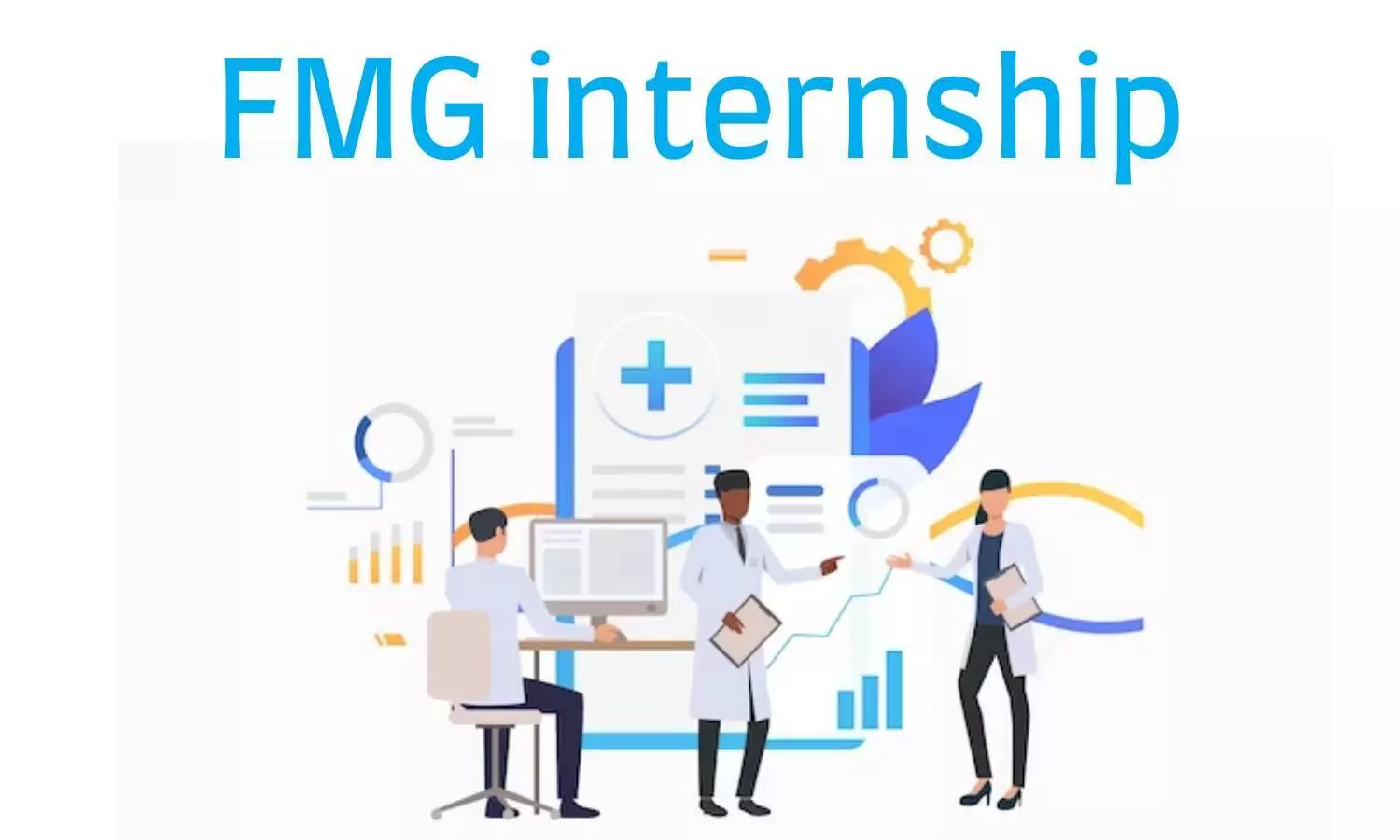
Mumbai: Granting major relief to the Foreign Medical Graduates (FMGs) undergoing internship in the State, the Maharashtra Government has decided to give them Rs 18 thousand as a monthly stipend.
Pointing out that Maharashtra is the third State across India to grant such a favour to the FMGs, the medical graduates from abroad are demanding that other States/UTs across the country should also follow suit.
Lauding the move, the National Convenor and the Former State President for Maharashtra, All India Medical Students Association- Foreign Medical Students Wing (AIMSA-FMSW), Dr. Apurv Dalvi told Medical Dialogues, “Since 15-20 years, students have been going abroad from various States of India. Till now, no stipend was being paid to the students undergoing Internship. NMC published the FMGL Regulations in 2021. Maharashtra is the third State from India to declare the Stipend for the FMGs.”
He further added that “Until 2021, students had to pay certain amount of fees to the Government and the respective authorities to do the internship. Now, Maharashtra Government is implementing the NCM rules and therefore, the students do not have to pay any Internship fees. Further, the State has also granted Rs 18 thousand as stipend to the FMGs.”
Welcoming the decision, Dr. Dalvi highlighted the issues faced by the FMGs, and said, “Students going abroad face many problems. They go abroad, far away from their home. After coming back and obtaining a degree from the foreign institute, they have to clear the screening test and again undergo a year of internship.”
He stressed the fact that all the students going abroad to pursue medical education are equivalent to Indian medical graduates and opined “This decision should have taken much earlier. Nevertheless, the State Government of Maharashtra has declared the decision. This is not only positive news for the students in Maharashtra, but also for the FMGs belonging to different States across India.”
Also Read: FMG internship in India: NMC releases clarification on CRMI, check out details
The association is now demanding that similar benefits should be extended to the FMGs belonging to other States across India as well. Commenting on the matter, Dr. Dalvi added, “FMGs belonging to major States like Rajasthan, Gujarat, Delhi, southern States including Tamil Nadu, Kerala, Karnataka, Madhya Pradesh, are undergoing internship without any stipend. So, on behalf of the association, we are planning to raise the issue to the respective State Governments.”
Medical Dialogues had earlier reported that the decision to grant stipends to FMGs was taken by the Maharashtra Government recently when it sanctioned a substantial raise in the monthly stipend for the MBBS intern doctors from the Government Medical Colleges in the State. As per the decision, which was finalized during a cabinet meeting under the leadership of Chief Minister Eknath Shinde, the stipend of MBBS interns in the GMCs has been increased from Rs 11,000 to Rs 18,000.
Along with increasing the stipend for the Indian Medical Students undergoing internship, the State also decided to extend the benefit to the FMGs also, who have completed their MBBS outside India and are interning in the GMCs in Maharashtra upon their return.
What do the rules say?
Medical Dialogues had reported back in 2022 that providing major relief to the FMGs who want to pursue Internship in India, NMC had clarified that the Indian medical colleges shall not charge any fees from the medical graduates from abroad for permitting them to do Internship in India.
NMC had further clarified that the FMGs would also be paid equal stipend and other facilities just like the Indian Medical Graduates who are being trained at Government Medical Colleges. However, last year, the matter was once again addressed by NMC, which issued a clarification regarding the conduct of internships for medical graduates from abroad.
Issuing a circular in this regard on May 9, 2023, the President of UG Medical Education Board (UGMEB), Dr. Aruna V Vanikar addressed several issues including important provisions under CRMI Regulations 2021 for the FMGs, validation for Online study by Commission, applicability of NMC Public notice dated 28.07.2022 on FMGs, requirement of Domicile by FMGs for internship, completion of Internship by FMGs in parts at hospitals and medical colleges, issue concerning payment of stipend to FMGs, and one-time relaxation to Foreign Medical Graduates to complete internship.
Referring to the issue of stipend, NMC had mentioned, “However, considering the requests/representations from various State Governments/UTs/medical colleges wherein it was intimated that there has been no budgetary provision in their allocation of annual budget to provide stipend to Foreign Medical Graduates, the Commission vide circular dated 19.10.2022 has already clarified that the amount of stipend to be paid to the interns is to be decided/fixed by the appropriate authority applicable to the Institution/University or State. The implementation of these guidelines/instructions/advisory is solely at the discretion of the concerned State authorities under which the medical college/institute is located.”
Meanwhile, the issue of internships for FMGs is being considered by the Supreme Court, which recently issued notices on a plea filed by FMGs challenging the non-payment of stipend during the compulsory internship.
While considering the plea by the medical graduates from abroad, who are undergoing internship at Atal Bihari Vajpayee Government Medical College, Vidisha, the top court bench comprising Justices B.R. Gavai and Sandeep Mehta issued notice on January 23.
The plea has been tagged with the case titled Abhishek Yadav & Ors. vs. Army Medical College & Ors. (W.P. (C) No. 730/2022). While considering this above-mentioned case, the Supreme Court had taken cognisance of the fact that 70 percent of the medical colleges across the country do not pay any stipend or are not paying the minimum stipend to doctors who are doing MBBS internships.
Also Read: FMGs challenge Non-Payment of Stipend, Supreme Court Issues Notice
Powered by WPeMatico

